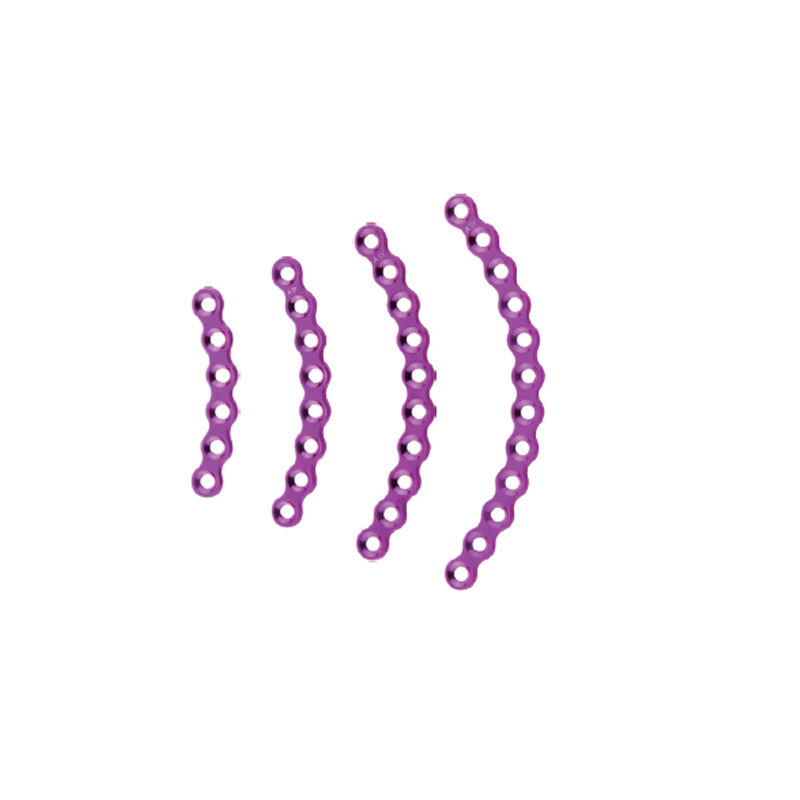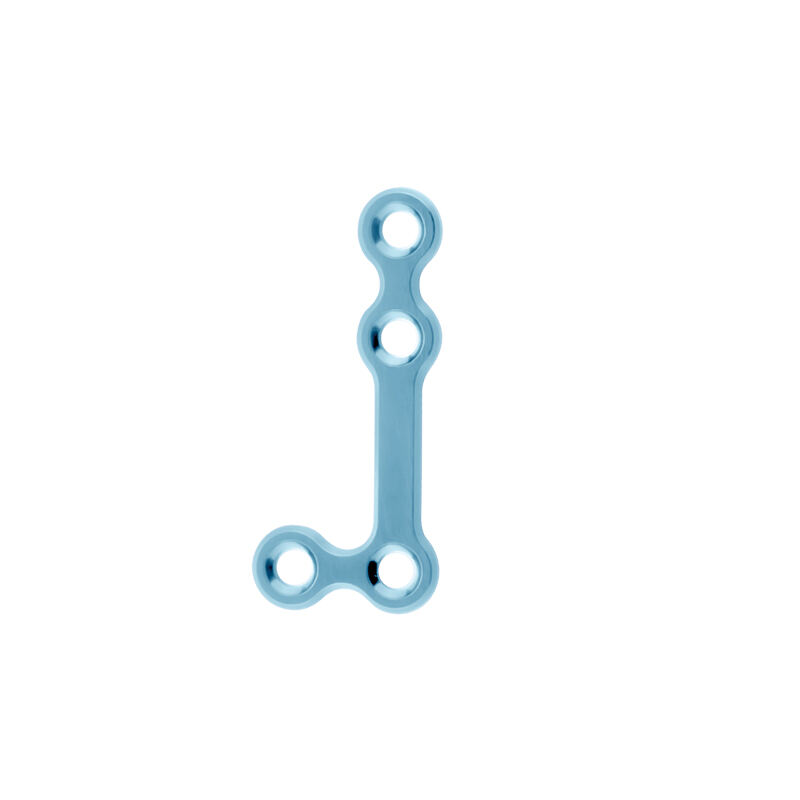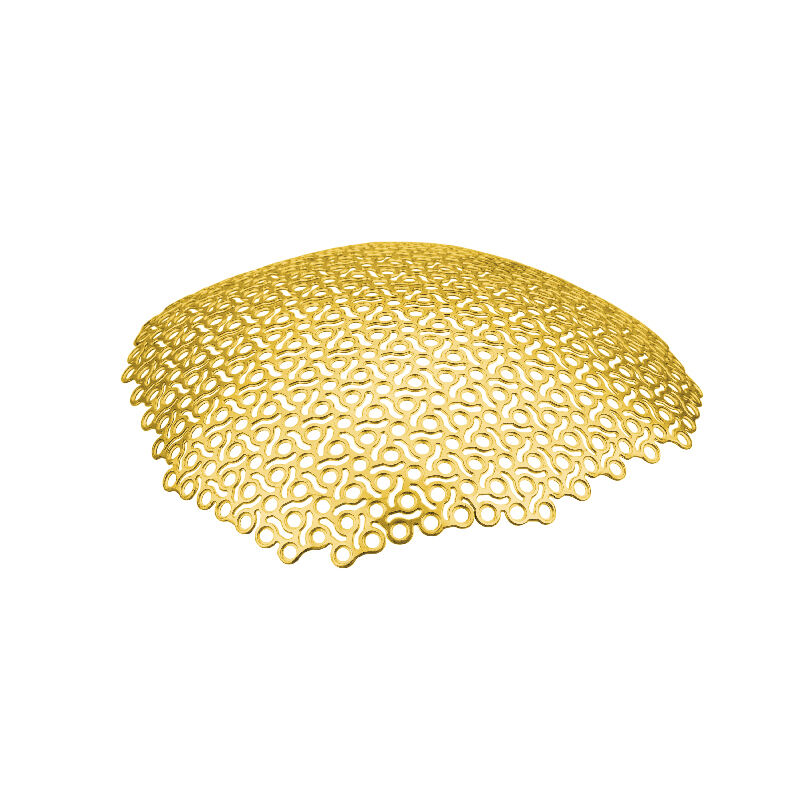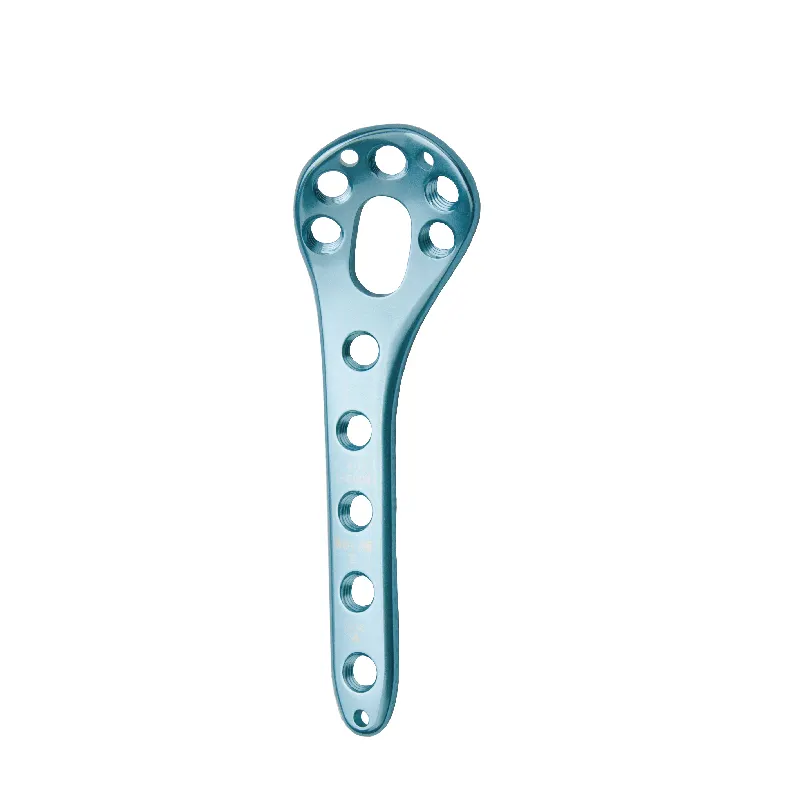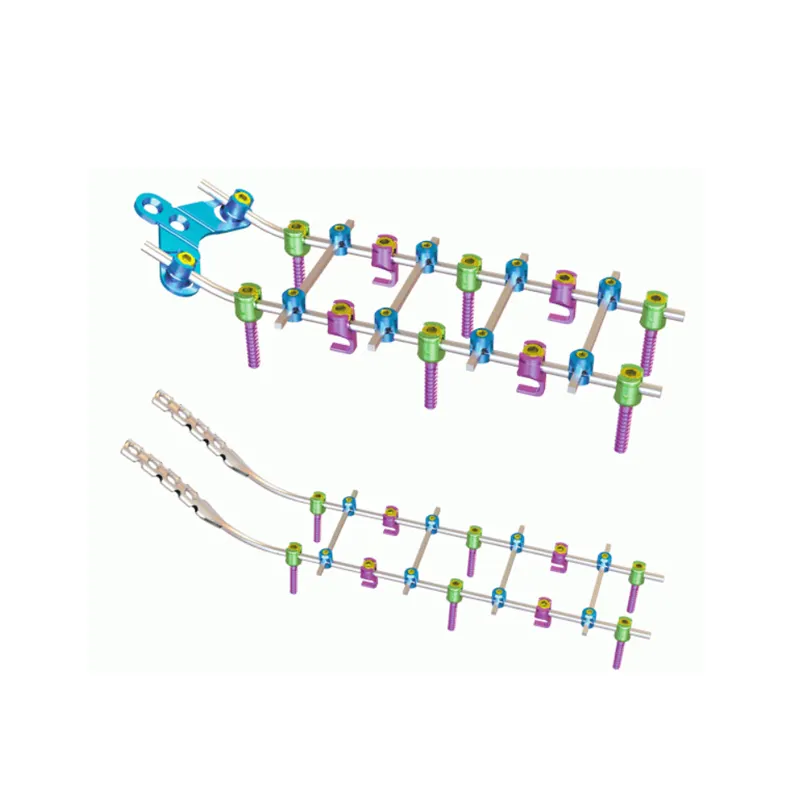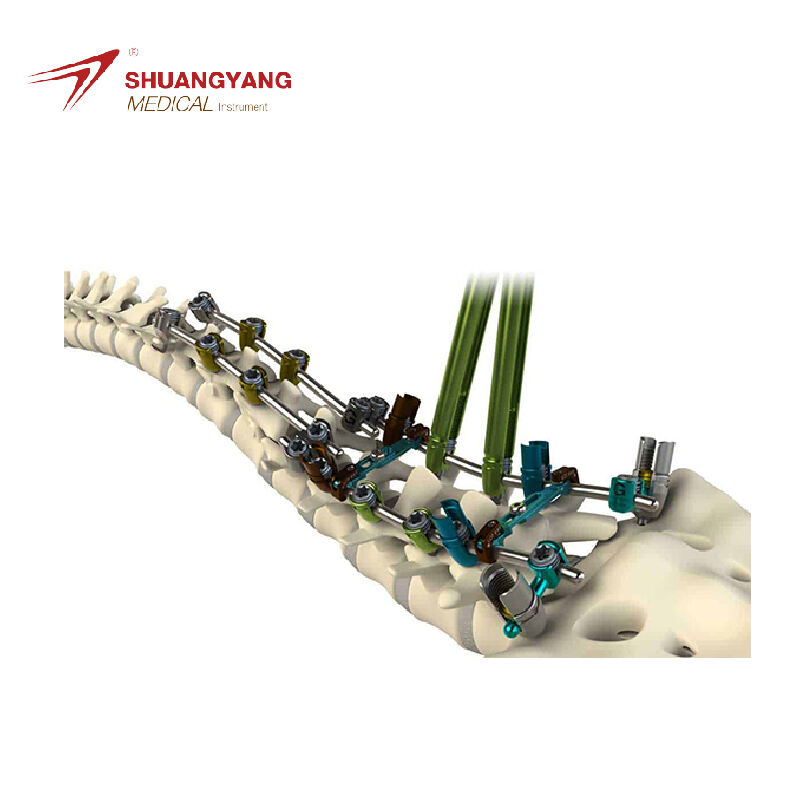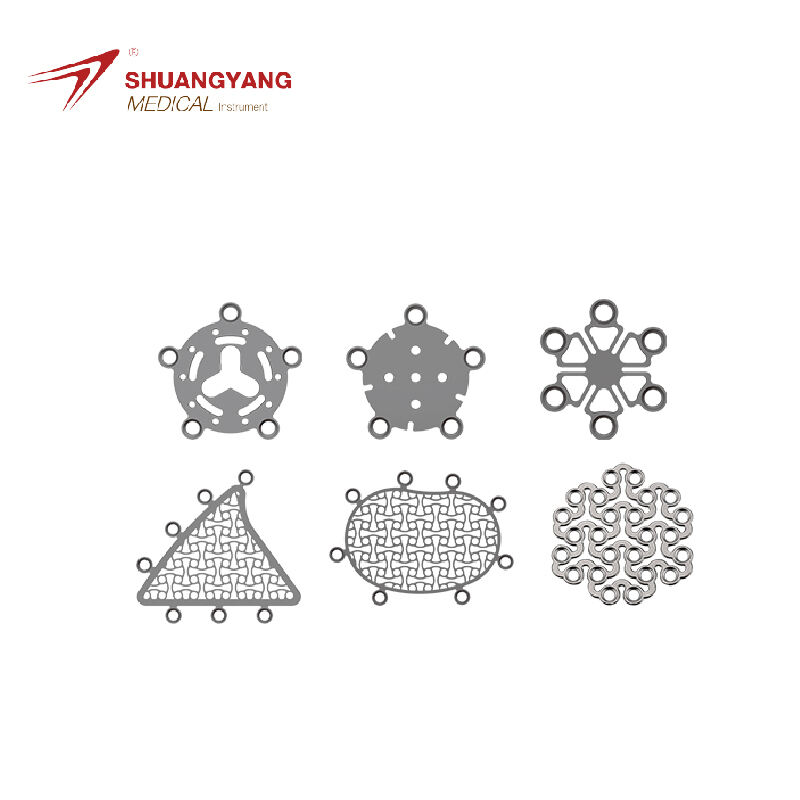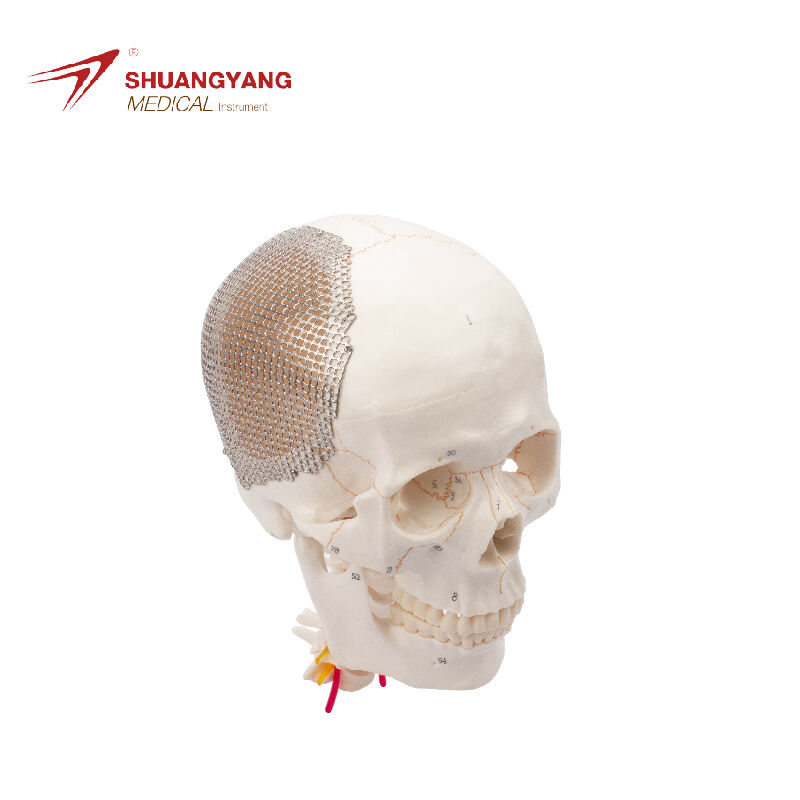proximal humerus fracture plate
The proximal humerus fracture plate is a specialized orthopedic implant designed to stabilize and support the repair of fractures in the proximal humerus, the upper part of the arm bone. Engineered with precision, its main functions include maintaining the alignment of the bone fragments, facilitating bone healing, and restoring joint function. Technological features of this plate involve its contoured design, which fits the anatomy of the humerus, and its low-profile to minimize soft tissue irritation. Made from biocompatible materials, the plate is compatible with MRI and CT scans. Its applications are broad, from simple fractures to complex injuries involving the surgical neck of the humerus, making it an essential tool in the arsenal of orthopedic surgeons.
 EN
EN
 FR
FR
 ES
ES
 AR
AR


